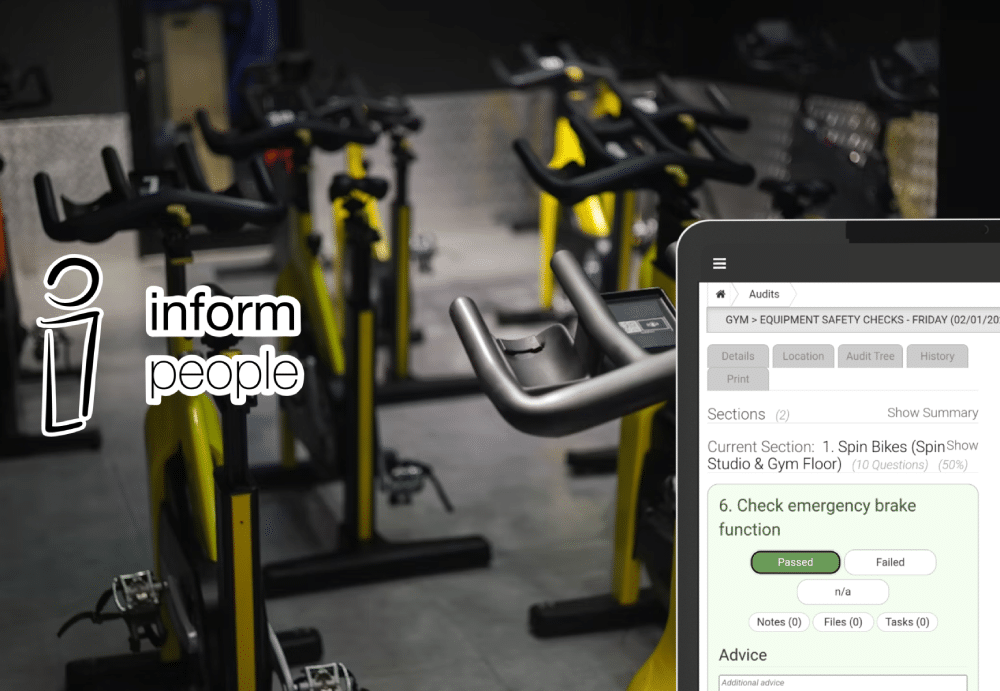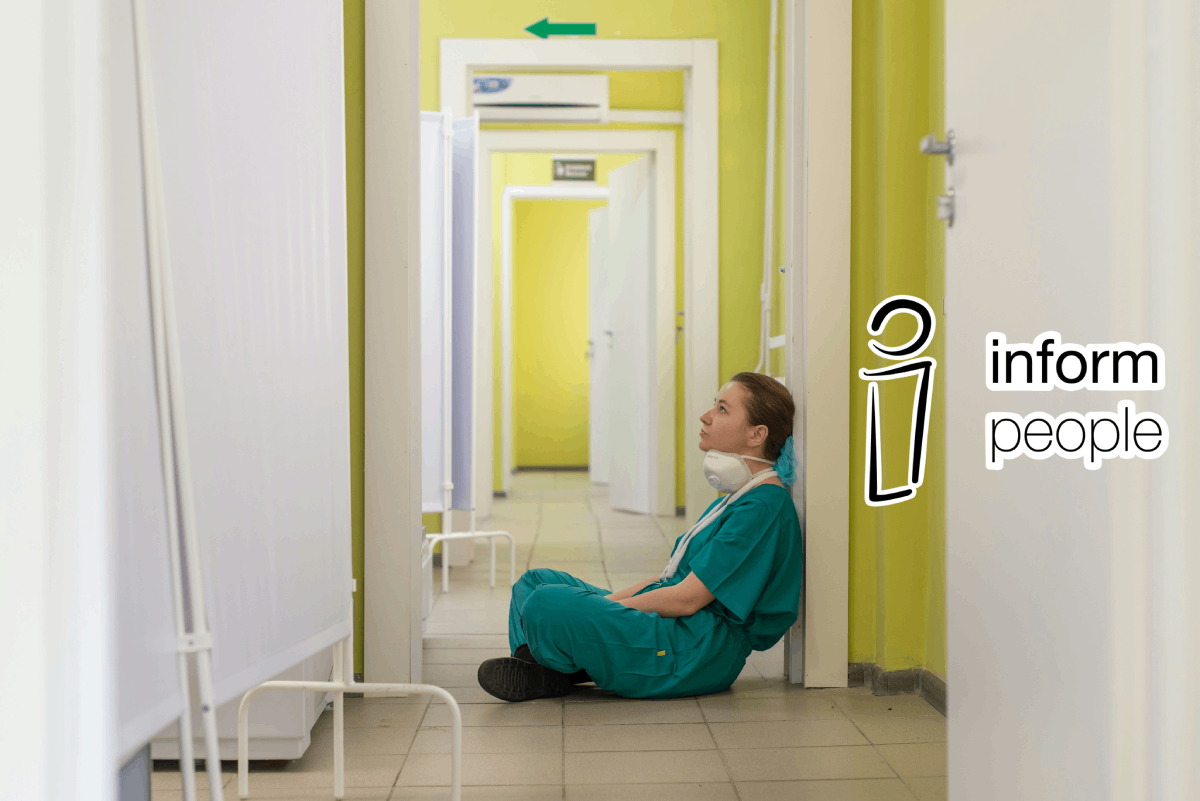As an employer, you know you need to establish a health and safety management system to assist you in completing your obligations and responsibilities under the Health and Safety at Work Act 1974. Well-designed policies and procedures assist organisations in complying with workplace health and safety laws.
However, a health and safety management system is more than just having safety-related documents, rules, and recording processes. Instead, it is about executing the strategies, procedures and interventions to ensure the organisation and its employees are operating within a safe and healthy environment consistently and that issues are addressed effectively. Here’s what organisations need to know.
Understanding Health and Safety Management System
A health and safety management system, often known as a safety management system (SMS), is a formal system that organisations employ to assist them in systematically handling health and safety concerns in their workplaces.
An SMS is a systematic method to manage health and safety through organisational policy, objectives, planning, structural responsibility, and safe operating procedures. A safety system is a set of rules and guidelines organisations use to prevent injury and illness among their personnel and others influenced by their operations. Through monitoring and review, safety management systems are maintained and continually improved.
Health And Safety Management System Example
A safety management structure is more than just a document and a collection of procedures; it is a broad and integrated approach to health and safety management that incorporates health and safety into the day-to-day operations of an organisation.
Examples of formal management systems or frameworks that help organisations manage health and safety standards:
It would help if you looked at existing standards to help develop a formal health and safety management system. ISO 45001:2018, for example, provides criteria for an Occupational Health and Safety (OH&S) management system for businesses to offer safe and healthy workplaces by avoiding illness and injury and enhancing OH&S.
You may also try checking into ISO 9001:2015. This standard specifies the standards for a quality management system intended to satisfy regulatory obligations while enhancing customer satisfaction.
If you operate in transportation, you should consider regulations concerning driver competency, and driver recruiting. Knowledge workers may need to consider human elements such as training and competency, as well as general recommendations on effective health and safety management, according to HSG65 (1997).
As an enterprise-level organisation, you will most likely have established standards, procedures, processes, or codes that may or may not have been consolidated in one overarching system. Depending on the industry, there may be additional frameworks that must be incorporated into your health and safety system.
Components of an Effective Health and Safety Management System
Whatever risk management model you choose to follow, they can all be linked to the four stages: Plan, Do, Check and Act. A true foundation and implementation of safety measures are critical to corporate success in a world where the financial penalties are severe for non-compliance, as well as the reputation risk, including the impact on employee recruitment and retention, is considered a priority.
Stage 1.
Plan - This first stage determines the success of the following stages. The design stage entails outlining applicable laws and developing a model safety policy that provides clear guidance.
Stage 2.
Do - Stage two is about implementing that safety plan. Put the plan into action. Ensure that all workers have the resources they need. Share health and safety details with the appropriate people and seek advice if necessary.
Stage 3.
Check - Is your health and safety plan working properly? You must conduct inspections and audits at this point, examine occurrences or accidents (as well as near-misses), and look out for potential dangers.
Stage 4.
Act - Definitely the most crucial step. Health policy management should evolve in response to the needs of the company. Examine and monitor your health regulations, and make changes as needed. By acting, you can be sure that your safety performance is continuously improving and that you are protecting more individuals from a broader range of hazards and safety concerns.
Things to Consider in Setting Up Health and Safety Management System
1. Getting Management Leadership & Employee Participation
Management should guide the business to create, implement, and maintain a health and safety management system.
Management leadership includes the following elements:
- Designing an occupational health and safety policy.
- Having enough resources available for the health and safety management system.
- Establishing and delegating health and safety management system roles, duties, accountability, and authority.
- Integrating the health and safety management system with the other systems and processes in the organisation.
2. Planning the Safety Management System
All planning and procedures must be in writing and addressed as thoroughly as any other on-the-job safety programme. Workers earn the most from a successful program and lose the most if it fails. Successful programmes use this knowledge foundation.
3. Implementing & Operating the Safety Management System
After you’ve developed your health and safety system, the following best practice steps in implementing it. OSHA’s recommended safety and health management procedures address this by emphasising danger identification and assessment and, naturally, hazard prevention and control, which covers fundamentals such as:
- Set up a reporting system.
- Workers should be taught how to recognise and handle dangers.
- Conduct inspections.
- Gather ideas for hazard control.
- Implement risk-reduction strategies.
- Prepare for/respond to workplace crises.
- Seek feedback on workplace changes.
4. Monitoring, Evaluating and Correcting Safety Management
Putting a health and safety management system in place is a great starting point. You’ll want to monitor it, assess its efficacy, and make any required changes over time.
OSHA’s recommended procedures for safety and health management address this problem in point 10 of their list, “10 Easy Things to Get Your Program Started,” which states plainly:
Set a regular time to review safety and health problems to discover ways to improve the program.
5. Management Review of the Safety Management System
Management reviews of the safety system are a critical component of a formal system’s overall cycle. They must verify that the system and its components are appropriate for its purpose and that it matches organisational policies, goals, and risks.
The appointed executive management must retain ownership of the management review process, but they may need to seek extra competent help, either inside or elsewhere.
Consider the following categories of data during the management review:
- The evaluation process should be sufficiently independent to provide a genuine and honest picture of performance. It may also be good to compare your results to best practices.
- The review process requires proper preparation so that realistic methods may be used to gather, organise, examine, and analyse relevant paperwork and information.
- The conclusions of the management review process should be made accessible to key stakeholders and incorporated into the organisation’s relevant reports and statements.
- Create a summary of the management review that includes the top commitments of upper management and a list of action items, including the person responsible for completing the items and target completion dates.
Benefits of Health and Safety Management System
Taking a systematic approach to management simplifies corporate management. It may also improve the effectiveness of your administration. You determine the optimum technique for each essential task and ensure that everyone follows it consistently.
A systematic method like this decreases the number of errors and the expense of handling complaints. It also lowers your risk and guarantees that you follow all applicable regulations. This can have a tremendous impact on your business:
- Your company’s health and safety management (HSM) performance has improved. Accident and incident expenses are reduced as a result.
- A better understanding of legal standards reduces your likelihood of committing any offences.
- Employee relations and morale will increase if they realise that you are actively looking after their health and safety.
- The general public notices that you are liable to your workers. This improves your image and contributes to excellent PR for your company.
- Improving your company’s efficiency lowers its expenses.
- You can present to your insurers that you are successfully managing risk. This might help you save money on your insurance costs.
- Investors will be more inclined to fund your company if you demonstrate that it is well-managed.
- Business partners have more faith in your company. Large corporations and government agencies may only purchase from organisations that can demonstrate competent management systems.
What online systems are available?
Inform People’s compliance and performance management software has the technical capabilities to help companies like JD Sports, Poundland and Hobbycraft manage their Health and Safety duties and automate them. You can set reminders for compliance actions such as audits and training, save documents and other data, and work with other members of your team.
It’s simple to set up a complete system with some dedicated discussions, a little bit of additional information. Furthermore, in time you will collect findings from several sections of your programme to provide more significant insights into your safety department. Consequently, you could have a fully working system that ensures no detail is overlooked.
Creating a safety management system takes time, but the benefits of your investment are too significant to pass up. Improving safety is an initiative that will benefit everyone in your organisation.
Contact us today to learn more and discover how we can help you manage your Health & Safety process to ensure your business is compliant to avoid fines and operate effectively.




